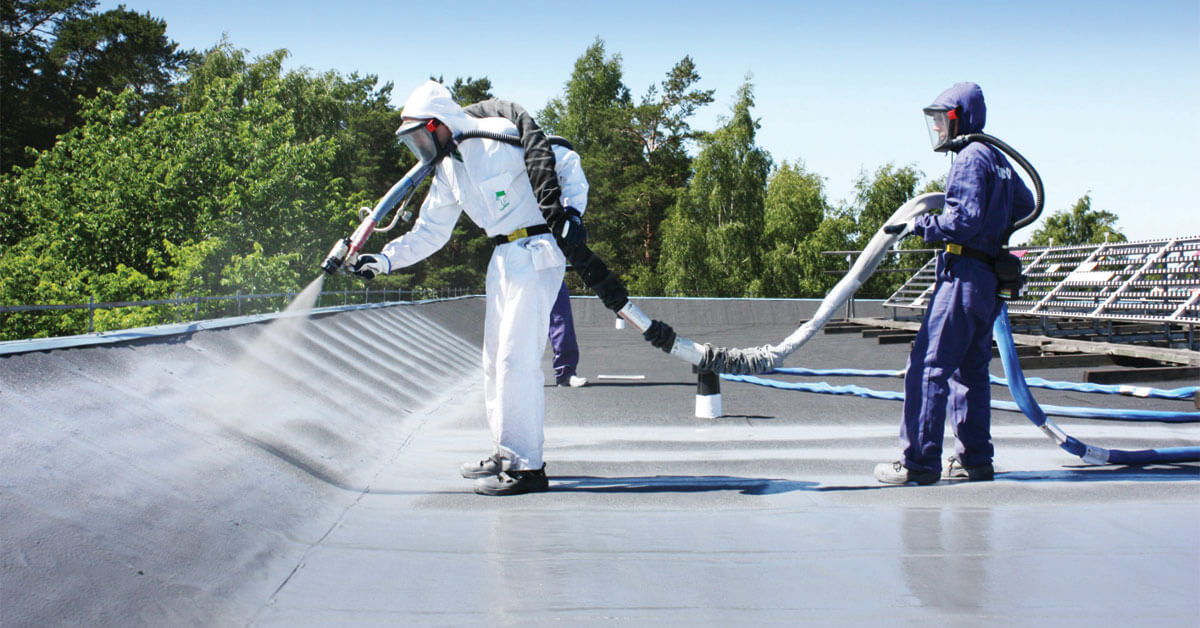This article will discuss the importance of polyurea canvas printed on wide format inkjet printers such as the Canon iPF, Epson Stylus Pro, and HP Z series printers. The benefits, methods, and types of coatings will be examined.
Benefits of coating canvas
When an individual is purchasing a canvas print for their home or office, they are paying a premium price for a premium product. Taking the extra step of applying a protective coating is always recommended especially when one considers that it only adds pennies per square foot to the total production cost. A protective coating can change the finish of the canvas and protect it from UV light, atmospheric contaminants, and the scuffing or scratching that can occur when handled improperly.
Most inkjet canvases come in one of three finishes – matte, satin, or gloss. Those individuals printing canvas can print to a matte canvas and then use a satin or gloss finish protective coating to achieve the desired finish. Likewise, users of a gloss canvas may apply a satin finish to reduce reflectivity.
The biggest benefit of coating an inkjet canvas is protecting it from UV light and atmospheric contaminants since both can have adverse effects. UV light can cause a print to fade prematurely while atmospheric contaminants, like ozone, can cause a canvas print or other inkjet prints to yellow in a very short period of time.
Methods for coating canvas
Canvas can be coated in one of three ways – using an aerosol spray, rolling or spraying on a liquid coating, or using a liquid coating machine.
Using an aerosol spray can be very easy. One would simply need to purchase a product like Hahnemuhle Protective Spray or ClearJet Fine Art Spray and spray the canvas with two light coats with sufficient dry time between applications. The drawback to using these types of products is that they are typically solvent based so you need to either use them in a place with ample ventilation or outdoors. They are also typically more expensive than other products that can be purchased in quantities like a gallon.
Using a liquid coating by the gallon is cost effective and tends to cover better than aerosol sprays. Users can apply this type of coating in one of two ways. The use of a white, high density foam roller to roll the coating onto the canvas is best for those users that either do not have the space to use a spray booth or do not have an outdoor area to spray. When using this method, it is best to apply two light coats, only using the pressure of the roller. At times, users will run into issues with the coating bubbling or leaving lines when applied. Using a coating with self leveling agents can help. When space allows, the easiest way to coat a canvas is by using a high-pressure low-volume (HPLV) spray gun. These can be purchased in combination with an air compressor or as a single unit like the Wagner Control Spray Double Duty.
When volume demands, the final method for coating canvas is to use a coating machine in combination with a liquid coating. While very efficient, one would be looking at an investment of at least $3,000 for an entry-level model and upwards of $30,000 for a high-end model. These machines typically use very specific liquid coatings due to viscosity requirements so these coatings are typically more expensive than those that can be used in a HPLV spray gun or rolled on
Types of liquid coatings
There are two main types of liquid coatings – water-based and solvent-based. Water-based coatings work best with water-resistant canvases. In today’s market, the vast majority of inkjet printable canvases are water-resistant. Solvent-based coatings work best with non-water resistant canvases. It is always best to check with your canvas manufacturer or distributor to make sure that you are using the right coating with their canvas. Water-based coatings tend to be preferred since they do not emit the fumes that you will encounter when using solvent based coatings.



